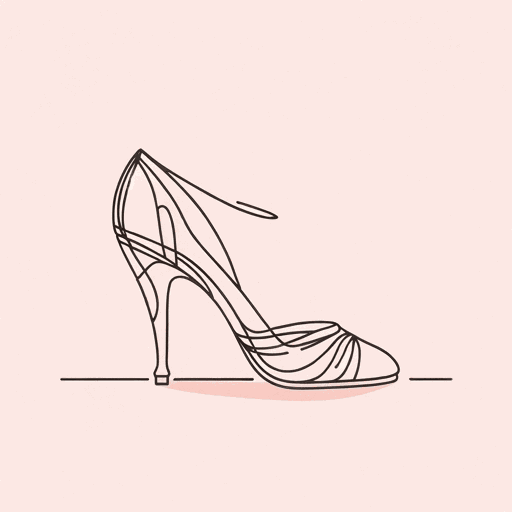42 pages • 1 hour read
Laura MoriartyThe Chaperone
Fiction | Novel | Adult | Published in 2012A modern alternative to SparkNotes and CliffsNotes, SuperSummary offers high-quality Study Guides with detailed chapter summaries and analysis of major themes, characters, and more.
Symbols & Motifs
Clothing, Fashion, and Beauty Standards
Clothing, fashion, and beauty standards such as body type—mostly as relating to women—play a central role in The Chaperone. (See 159-60 and 349 for examples of body type trends.) These outward and seemingly surface-level characteristics are in fact profound reflections of an individual’s status within a society. When they are chosen to ride the orphan train, for example, the New York children are given new clothing and made tidy and presentable for the prospective adoptive parents, as if to erase any evidence not only of “tears or interrupted naps” (56), but also of poverty or ill treatment. The agents are trying to reinvent the children to make them more attractive, much like a vendor would arrange merchandise to be pleasing to shoppers. This dynamic signals that the children are more or less powerless in these relationships.
Fashion can also indicate a person’s reaction to social expectations. Viola and Cora discuss changing women’s fashion worriedly, Viola dismayed by what she considers a lack of modesty and purity in her daughters, who want to follow the new fashions. Cora’s progressive roots have already taken hold—she timidly defends some of the new styles but backs off when she sees that Viola is against them.

